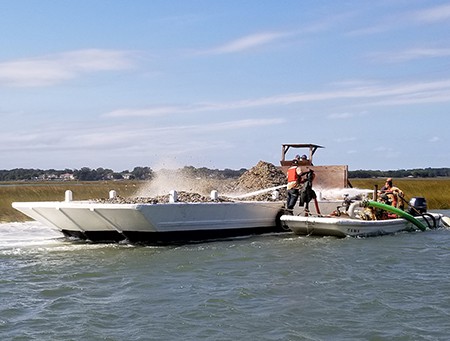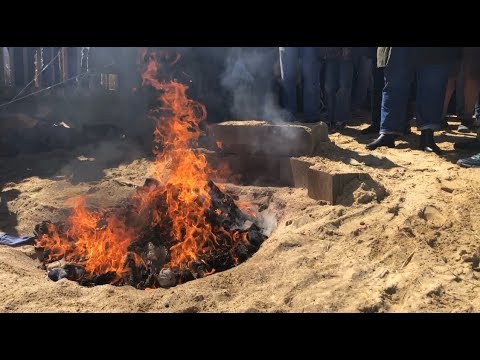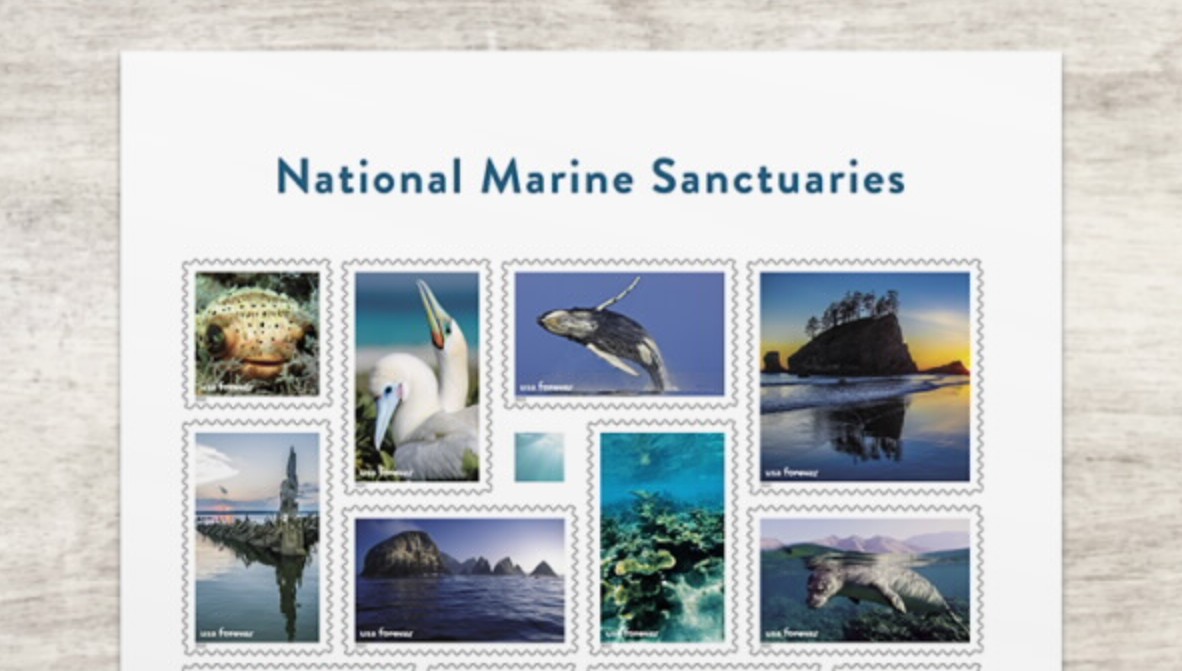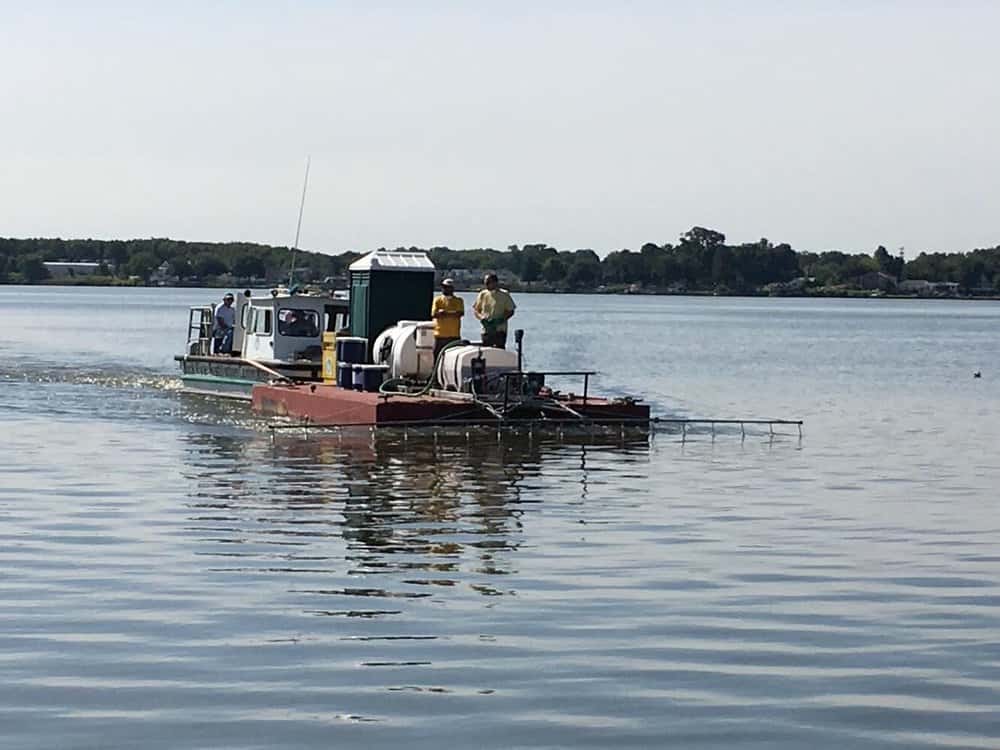Two years after funding ran out for oyster reef construction in the Lynnhaven River, the restoration project is back in action.
$575,000 has just come in from NOAA’s Chesapeake Bay Office, Office of Habitat Conservation, and Habitat Protection Division, allowing construction to start back up in at least two sites on the Lynnhaven. Crews are using hard substrate and fossil shell to build the reefs where oyster spat can settle and grow.
It’s part of the large-scale “blueprint” the Hampton Roads Oyster Restoration Workgroup came up to guide oyster work on the Lynnhaven River. The plan will put 154 acres of healthy oyster reef in the river. 36 acres already existed, according to surveys, and 54.6 additional acres have been restored so far, thanks to the U.S. Army Corps of Engineers, Virginia Marine Resources Commission (VMRC) and the organization Lynnhaven River Now.
That means there are 61.4 acres left to restore. With over half a million dollars in new funding, VMRC was able to hire contractors to begin work on a 10-to-12-acre area.
And in the spring of 2020, Lynnhaven River Now and the Chesapeake Bay Foundation will start another project funded by the National Fish and Wildlife Foundation, bringing the river even closer to tht 154-acre goal.
The Lynnhaven River is one of ten Chesapeake Bay tributaries targeted for full oyster restoration by 2025 in the Chesapeake Bay Program’s Chesapeake Bay Watershed Agreement.
The other nine include: Harris Creek, the Little Choptank River, Tred Avon, upper St. Mary’s and Manokin rivers in Maryland, and the Great Wicomico, Lafayette, Lower York, and Piankatank rivers in Virginia. Currently, the only two where oyster restoration is considered “complete” are Harris Creek and the Lafayette River.
| -Meg Walburn Viviano |




